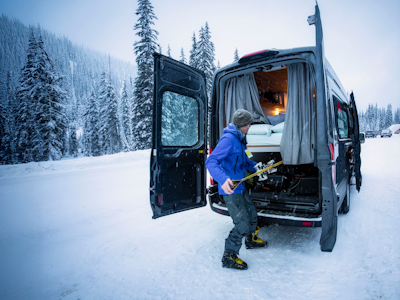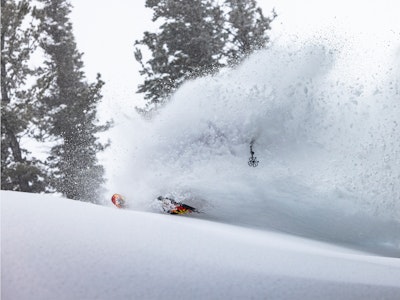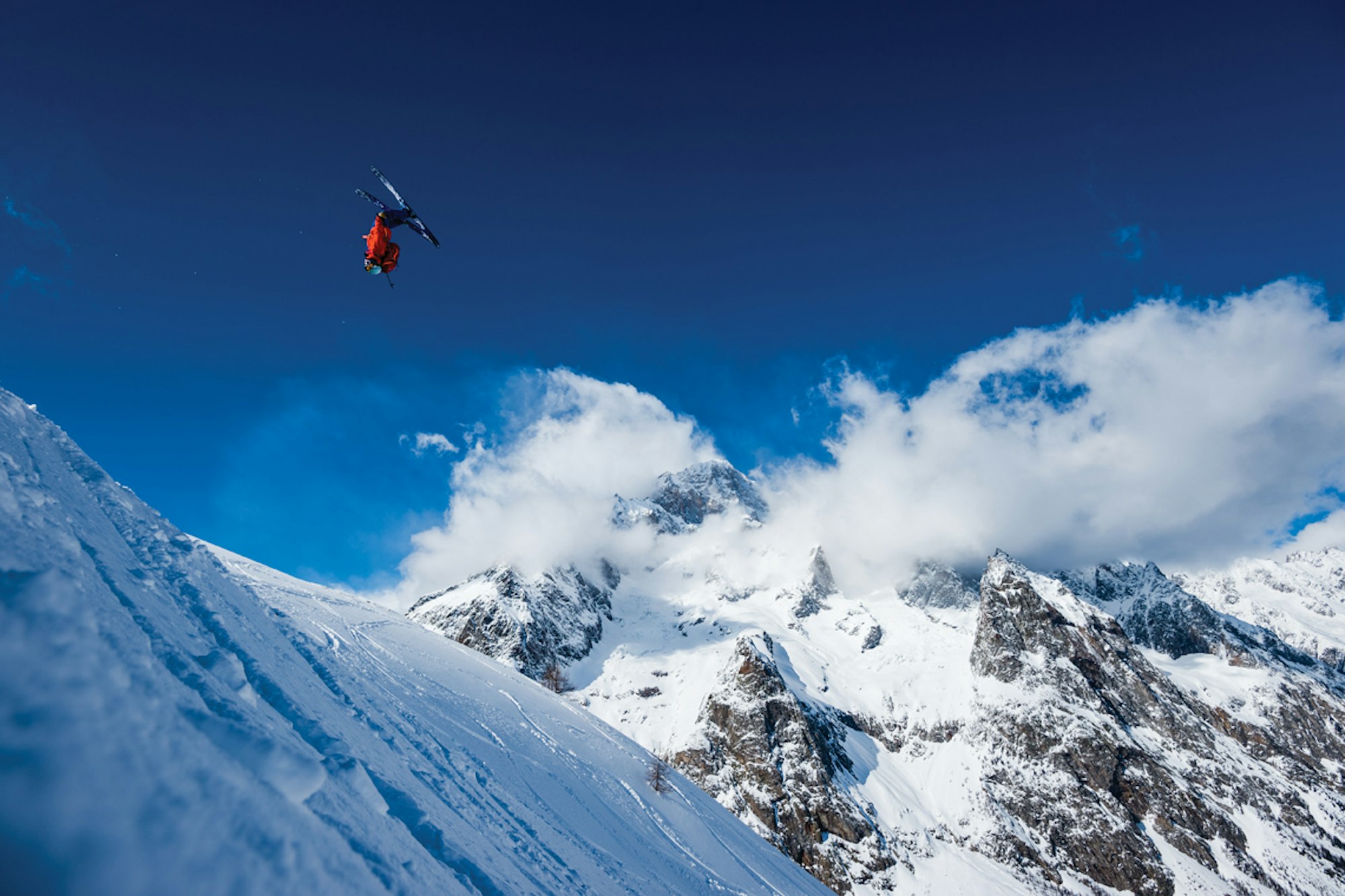Meet the most underrated skier in America: a humble, hard-charging guy from Michigan whose name you probably don’t know, even though he’s one of the best damn skiers on the planet
WORDS • MEGAN MICHELSON | FEATURED IMAGE • MATTIAS FREDRIKSSON
Everyone there remembers the story a little differently. But it goes something like this: Josh Daiek was sleeping on photographer Grant Gunderson’s couch in Bellingham, Washington. It was the winter of 2012—a particularly snowy one in the Pacific Northwest—and Daiek was a fledgling pro skier with some good competition results on the Freeskiing World Tour but little in the way of name recognition or sponsorship support.
One night, the Salomon Freeski crew, including pro skiers Chris Rubens and Cody Townsend and filmers Blair Richmond and Jeff Thomas, rolled into town and were also crashing with Gunderson. Townsend knew of Daiek from Lake Tahoe, California, where they both live, but they’d never actually met. They all stayed up late drinking whiskey.
The next morning, Daiek approached Thomas gingerly. “I was super nervous, but I was like, ‘Can I follow you guys around today? Don’t even worry about pointing the camera at me,’” Daiek remembers.
“Sure,” Thomas responded. “Why not?”
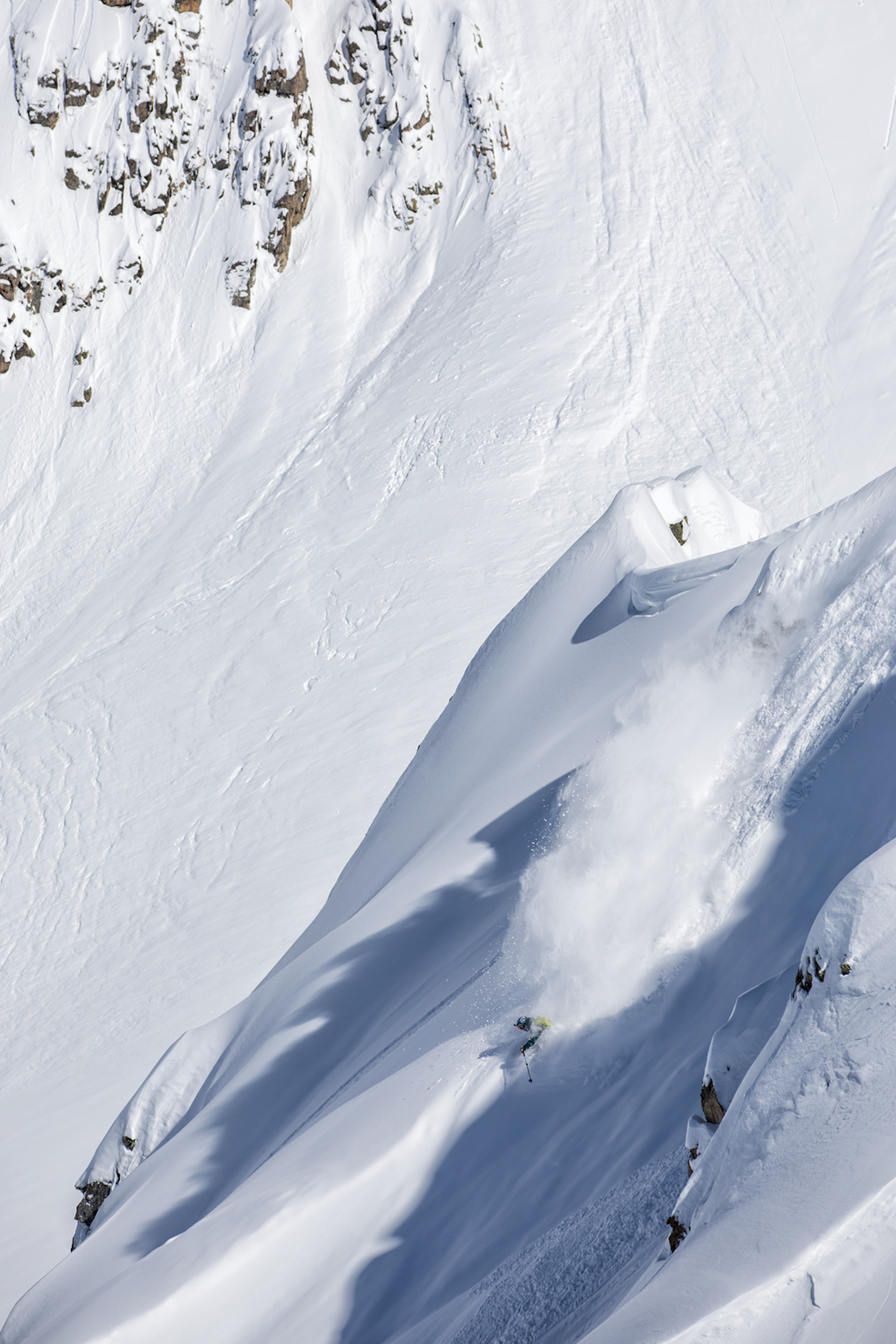
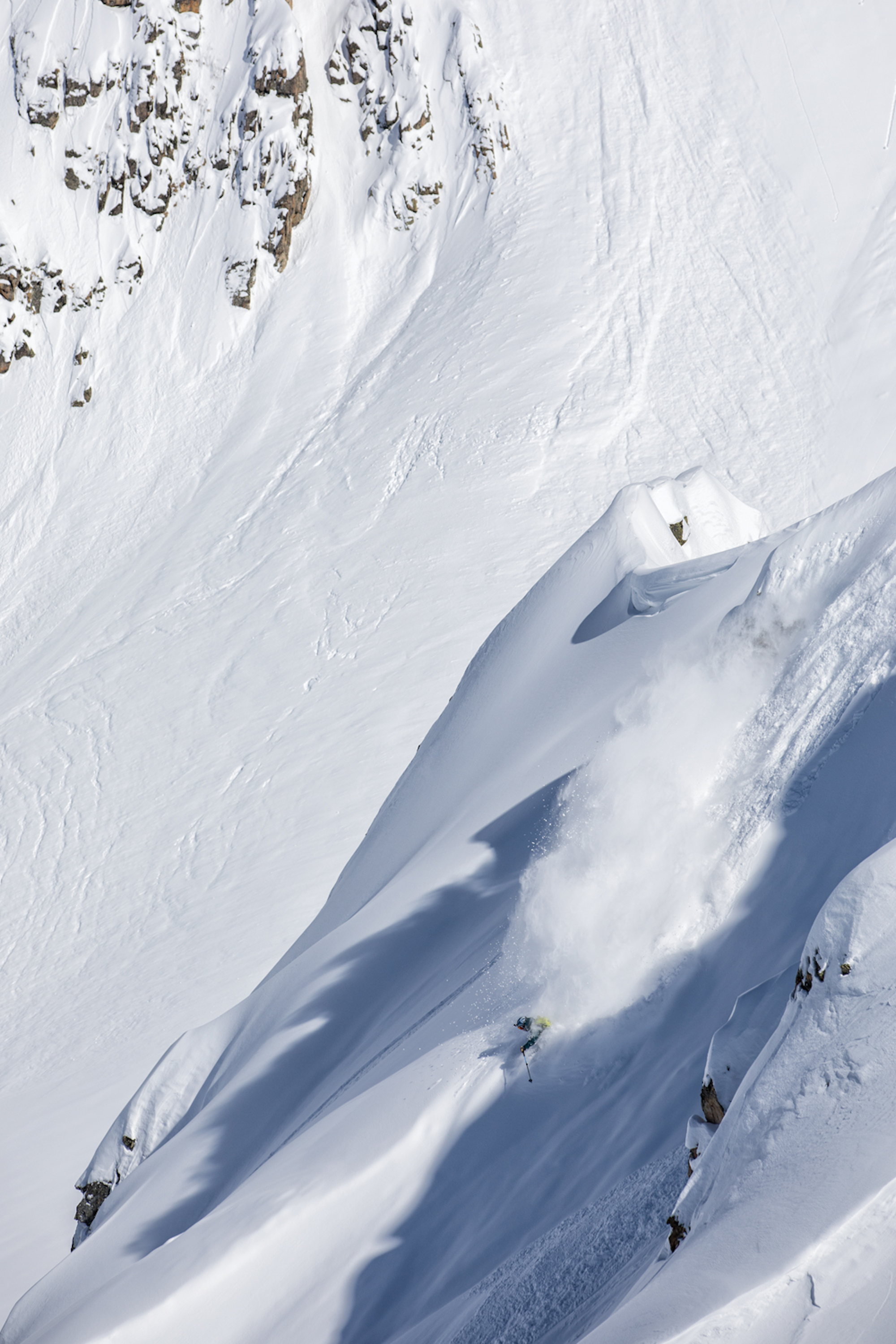
PHOTO: Christoffer Sjöström | LOCATION: Georgia
Townsend remembers it this way: “There was no way we were going to kick Josh out to go ski by himself. It felt natural to invite him along to ski, hang and shoot, which is the first time that has ever happened,” Townsend says.
That morning, Daiek helped stomp the take-off to a jump atop a large cliff in the Mt. Baker backcountry. Rubens hit it first. When it was Daiek’s turn, he hiked three times farther uphill than the other athletes. He hit the jump at full throttle and launched an 80-foot backflip. It was so big he nearly went into a front flip, too. Everyone was shocked. “Uh. Why don’t we film you?” Thomas said. “Let’s see what you’re going to do next.”
“It is still one of the biggest backflips I have ever witnessed,” Rubens says. Later that night, Rubens remembers looking online and seeing that Daiek was currently in the lead of the Freeskiing World Tour overall standings. Not that Daiek had said anything about that.
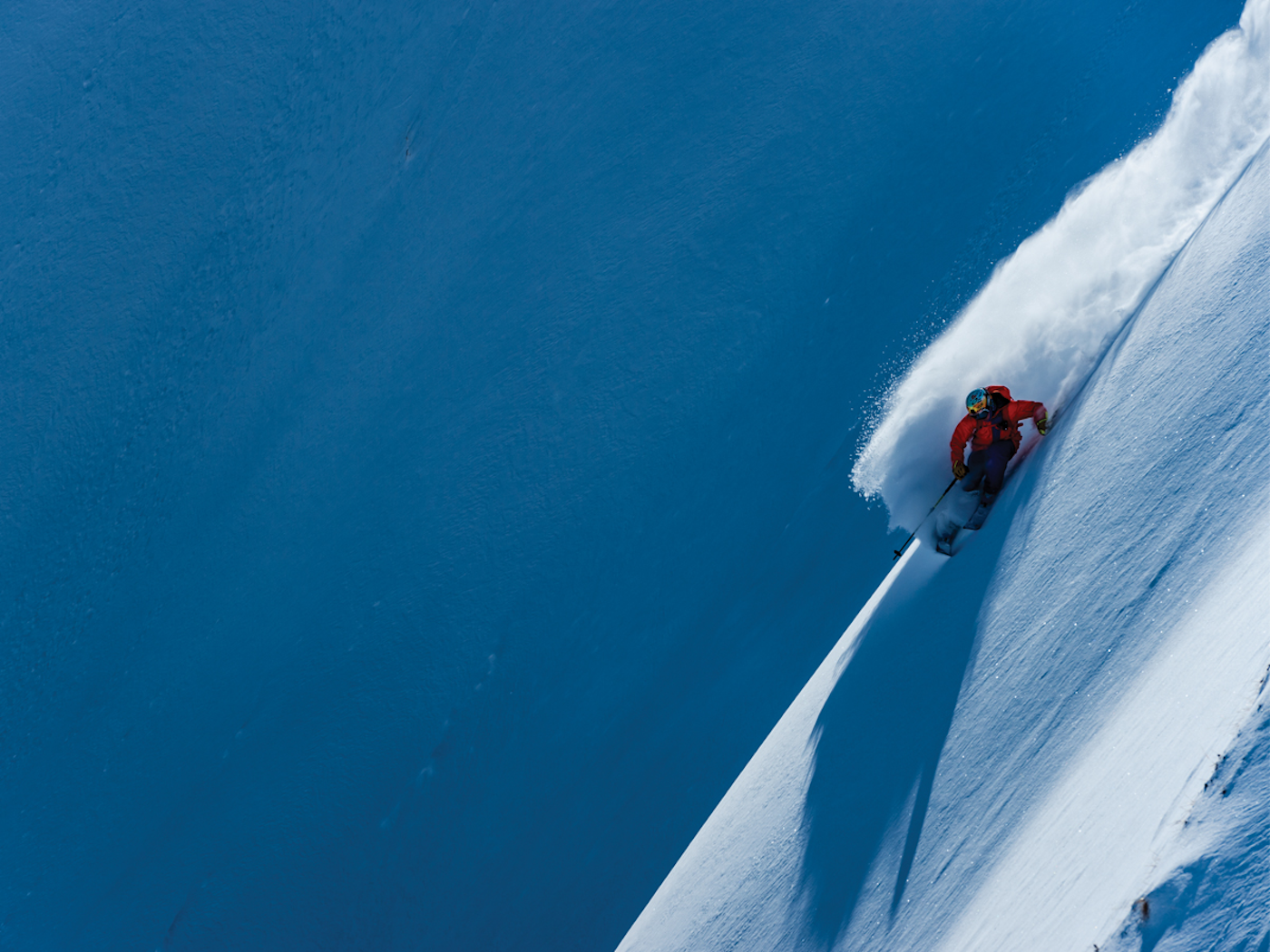
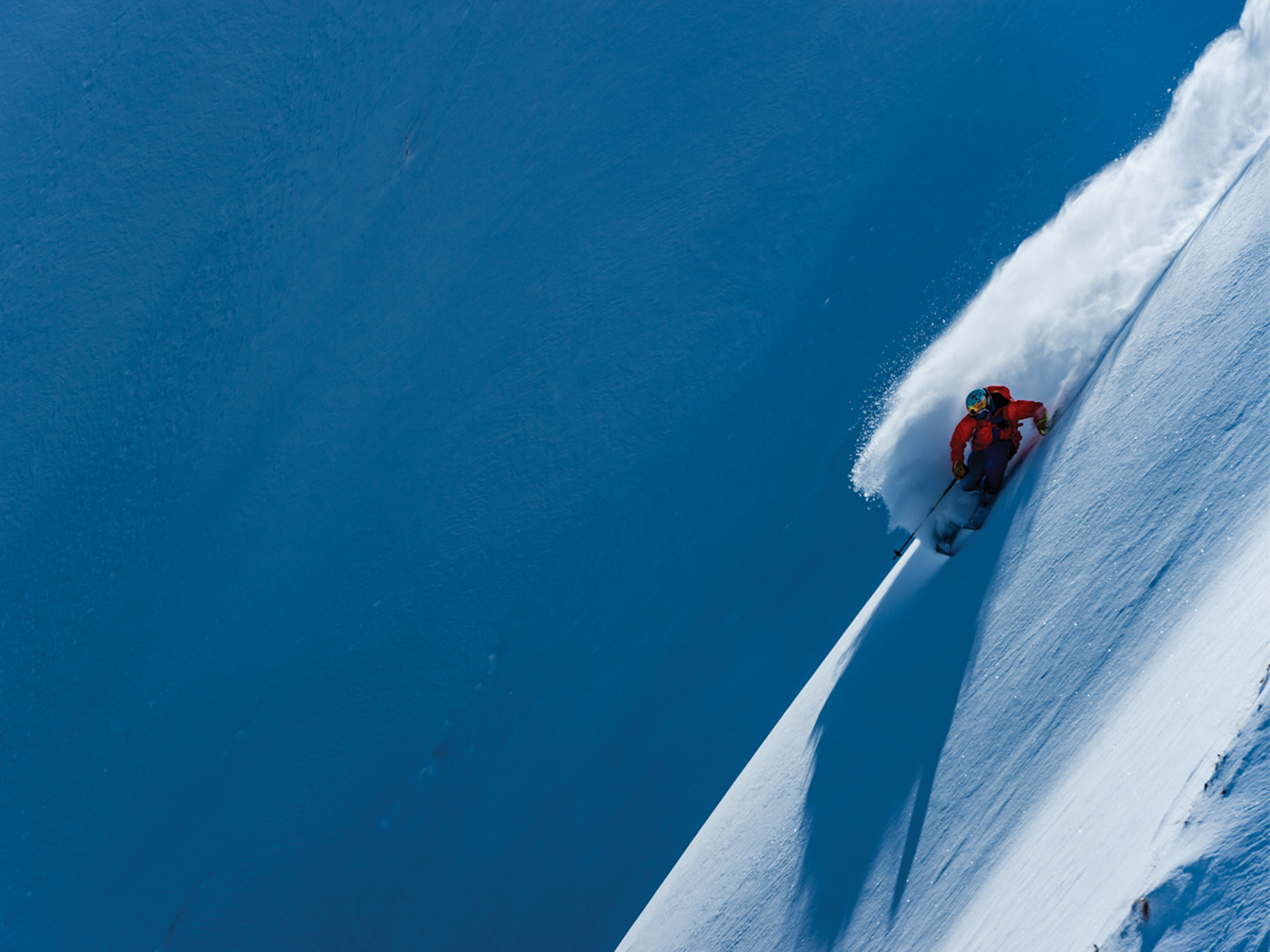
PHOTO: Mattias Fredriksson | LOCATION: Courmayeur, Italy
At the end of the trip, the whole crew went to the higher ups at Salomon and said, “You’ve got to sign this guy.”
“At that time, we were looking for a few new big-mountain athletes, so the timing was right,” says Jesse Malman, who was then Salomon’s athlete manager and now works at Goal Zero. “When I met Josh later, he was humble, showed gratitude and already had a good rapport with our team and filmers, which is really important when filming in the backcountry.” Malman signed Daiek to the team the following winter.
There’s an inside joke amongst the Salomon crew that Daiek is the best skier on the team. “Which isn’t really a joke,” Townsend says. “It’s just our way of acknowledging a guy we all believe is the best skier on the team but just hasn’t gotten the recognition, opportunity or stage that a lot of the other guys, including myself, have gotten.”
So who is this Josh Daiek guy and why, years after this insane backflip, do you still not know his name?
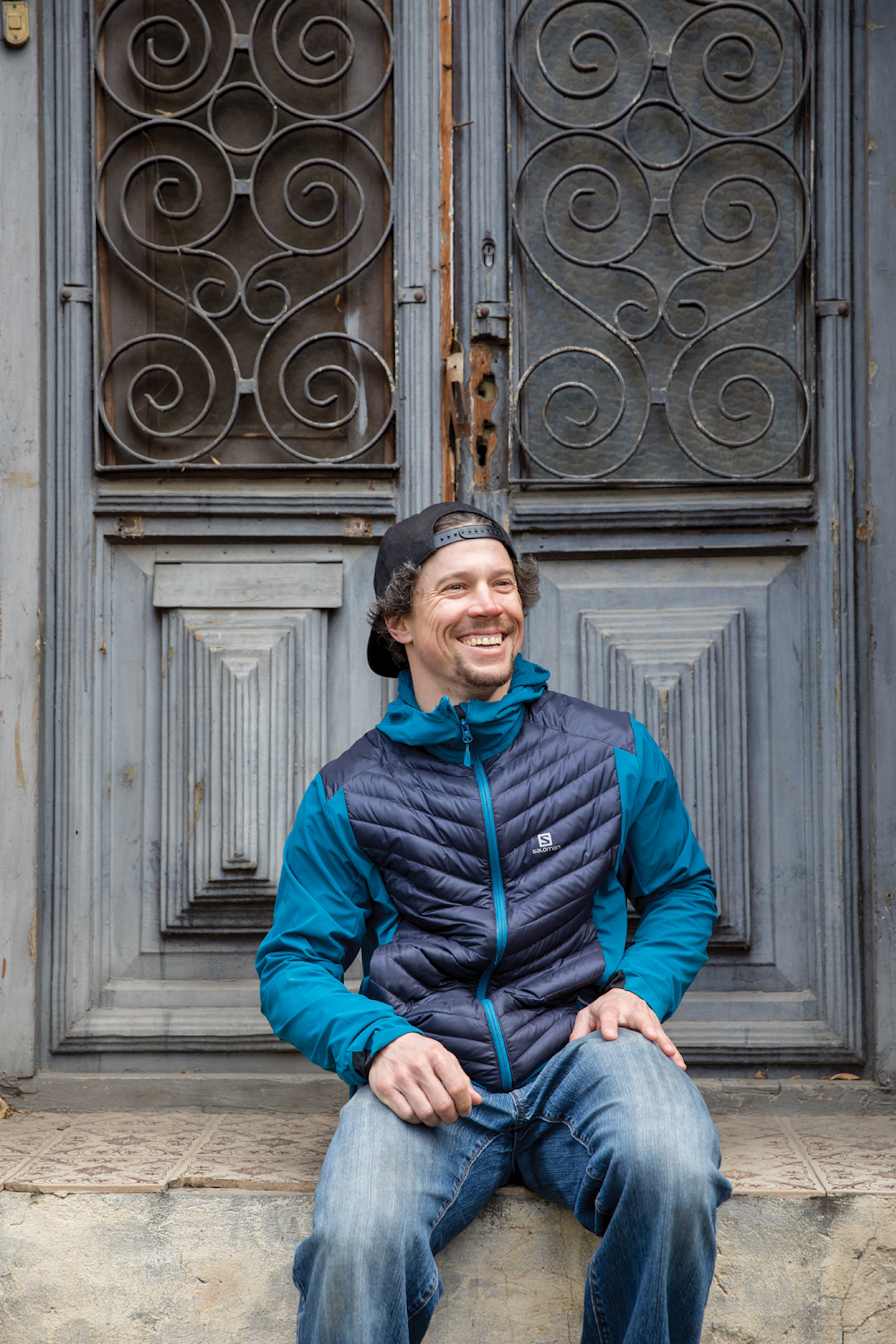
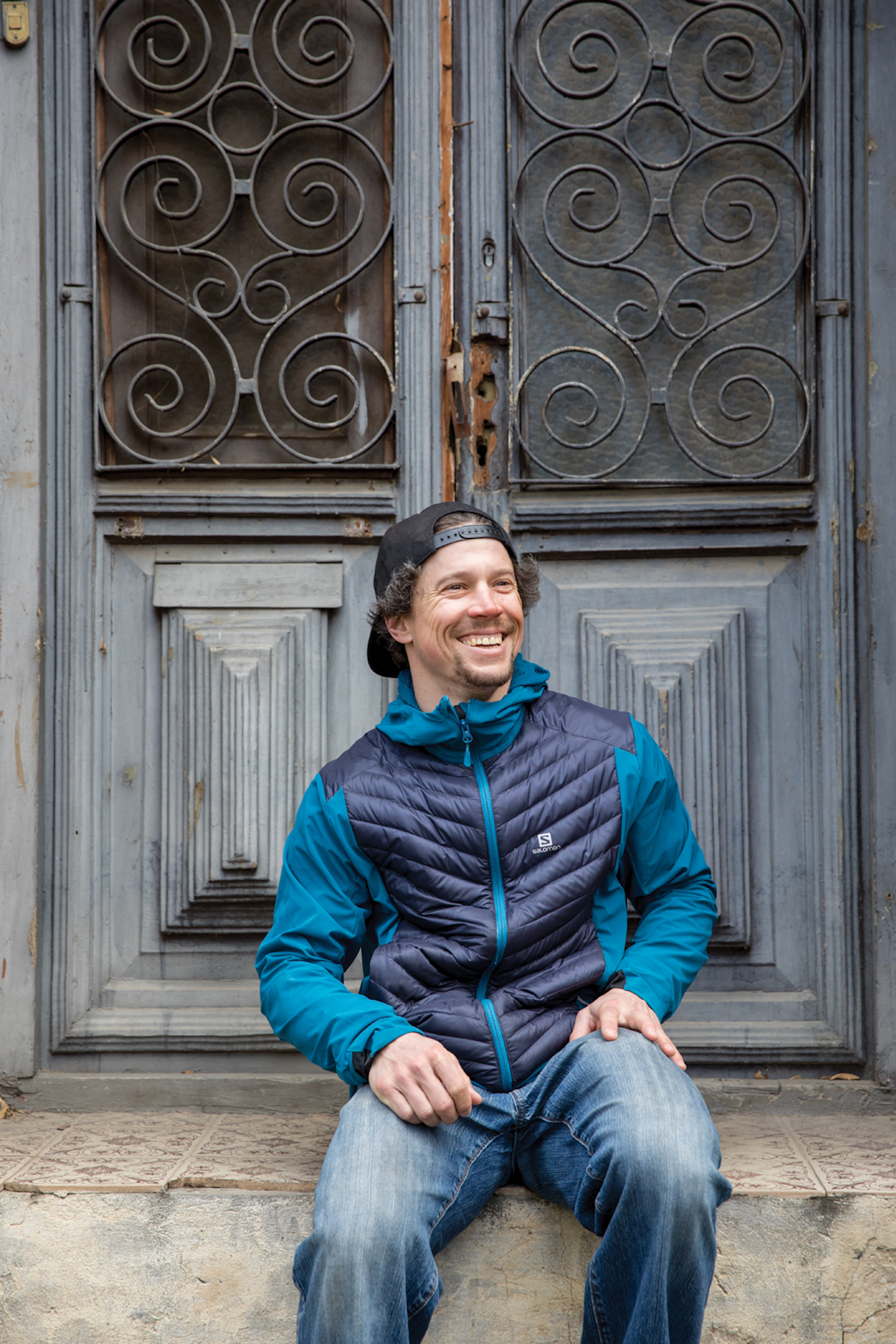
PHOTO: Christoffer Sjöström
Daiek grew up in Rochester Hills, Michigan, a working-class suburb of Detroit. His mom was a bookkeeper and his dad owned a mill that did custom woodwork. Daiek worked in his dad’s shop starting at age 12. As a kid, he was always working—doing yardwork, building a shed. His parents instilled in him the same hard-working ethic they had. “My parents were very passionate about work. So even for me, it was never like, ‘I’m going to play with my friends,’” he says.
Daiek’s dad was a skier and he taught his three sons and daughter to ski, too. Josh, the youngest of the four, learned to ski at age five. The family would spend a few weekends a year at Boyne Highlands, a ski area in northern Michigan, four hours from their house, that has a whopping 552 feet of vertical drop.
When Daiek was in fifth grade, the family took a ski trip to Winter Park, Colorado, where his whole outlook changed. “I remember just being jaw-dropped and so excited,” he says. He grew up reading the now-defunct Freeze Magazine and watching Seth Morrison and Shane McConkey in MSP movies. In high school, he joined the ski team, busing it to the closest ski hill, where he’d skip gate practice to sneak off to the terrain park.
During his senior year, his cousin, who’d been living in South Lake Tahoe for a few years, invited him out to ski during his spring break. “I was like, ‘Wait, in California? You’ve been skiing this whole time?’” he says. He had no idea California had snow or mountains.
So Daiek and his brother flew to Tahoe for a week and hit a late-season powder day at Kirkwood. He couldn’t turn through the thick snow, but still, he was hooked. He’d saved enough money working multiple jobs in high school that he was able to move to South Lake Tahoe after graduating in 2002. He moved in with his cousin and enrolled at the local community college. “I left Michigan and was like, ‘I want to be like those guys from the ski movies,’” he says.
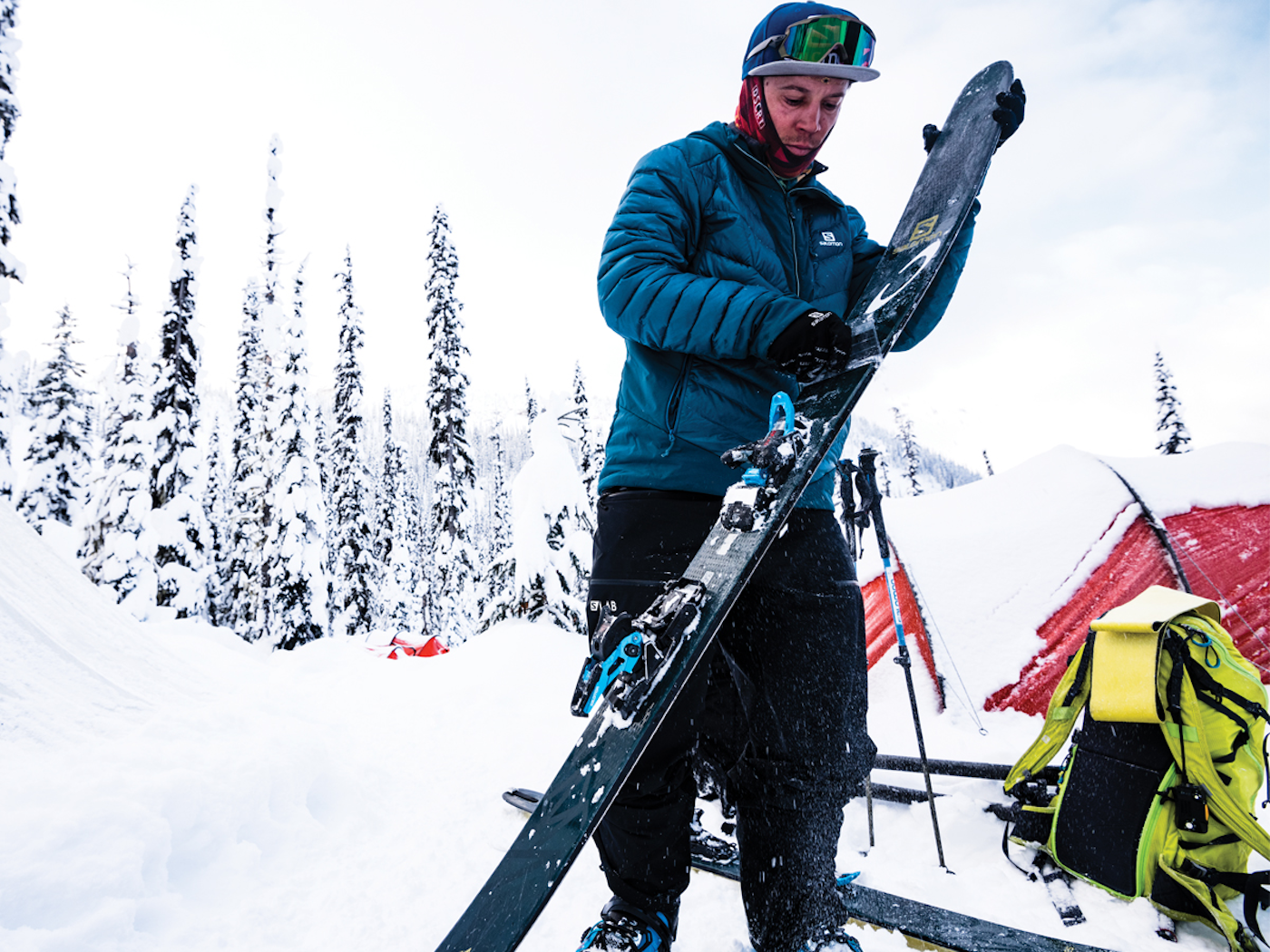
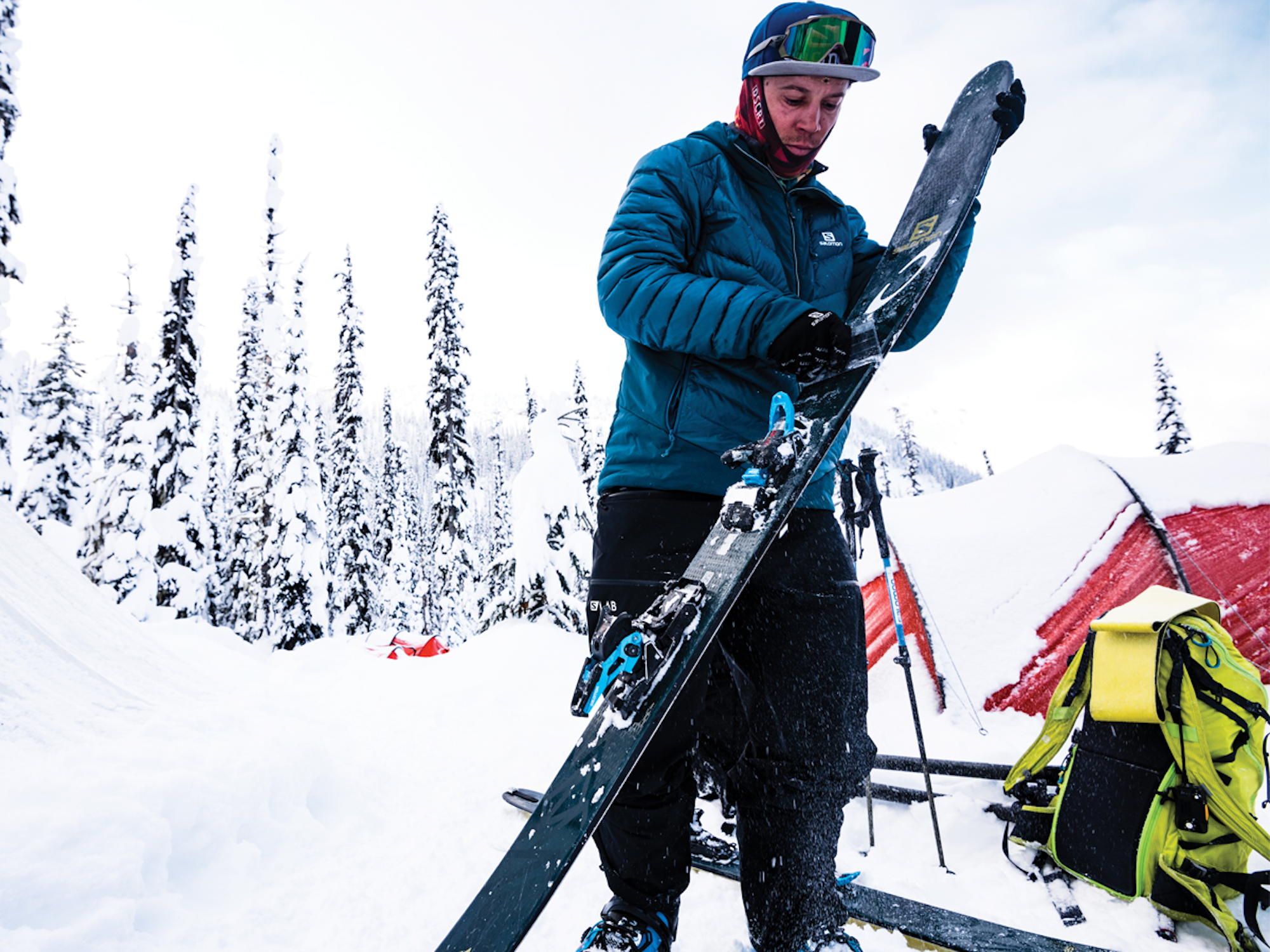
PHOTO: Mattias Fredriksson | LOCATION: Revelstoke, BC
Featured Gear:
Salomon S/Lab Shift MNC 13 — $650
The highly acclaimed new Shift binding from Salomon is the solution for skiers that are just as likely to ski the backcountry as the resort on any given winter day. The binding is the Optimus Prime of ski equipment. It allows skiers to tour uphill via clamping pin-tech jaws in the toe. When it comes time to transition, the binding transforms, as the jaws flip up, forming a fully TÜV-certified alpine toe, to go along with the alpine heel. The Shift accommodates all multi-norm certified sole types, weighs 865 grams per binding with screws and has a DIN range of 6 to 13. Skiers, you owe it to yourselves to check out the Shift; it’s one of the biggest binding innovations in years.
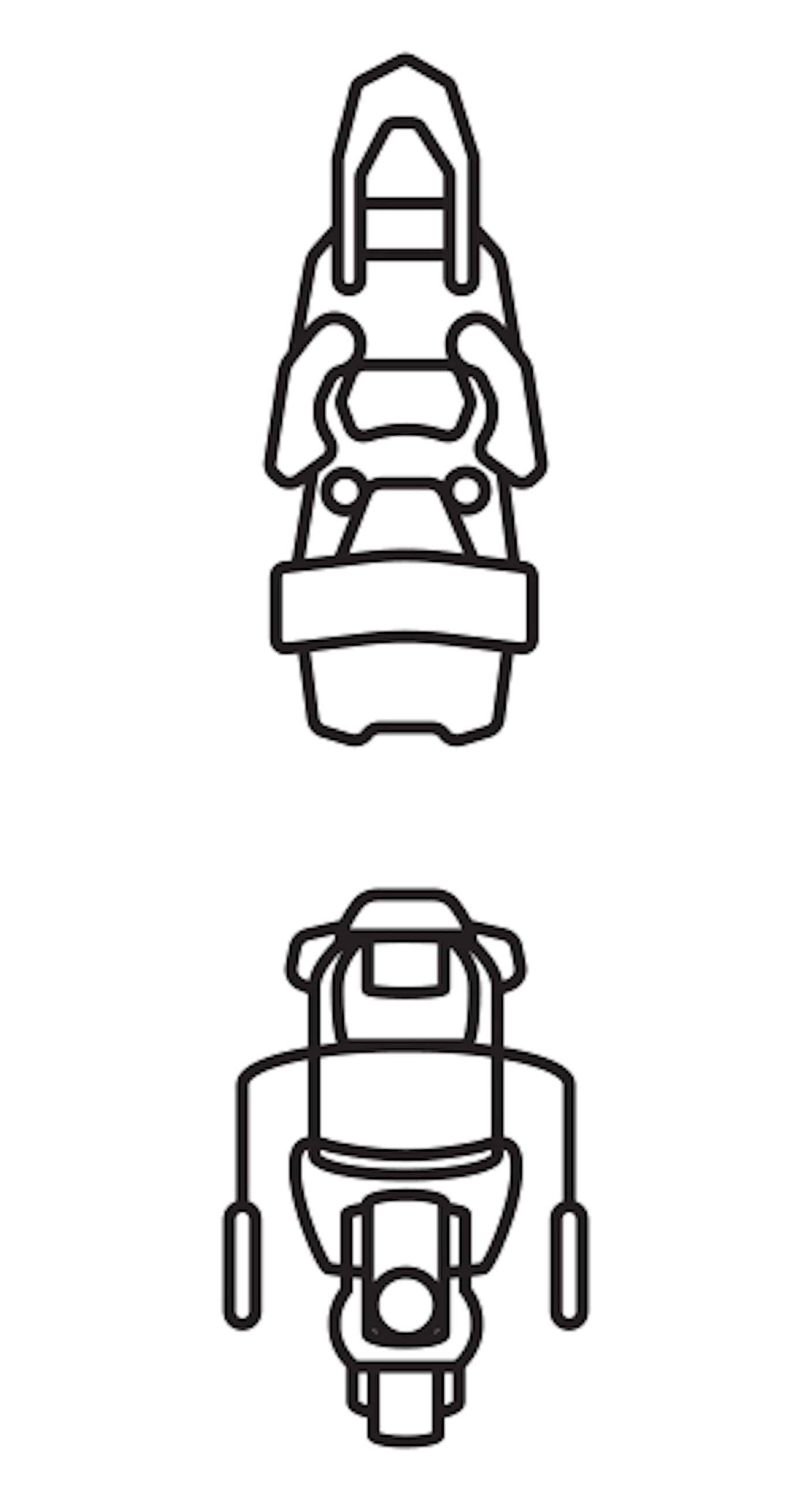
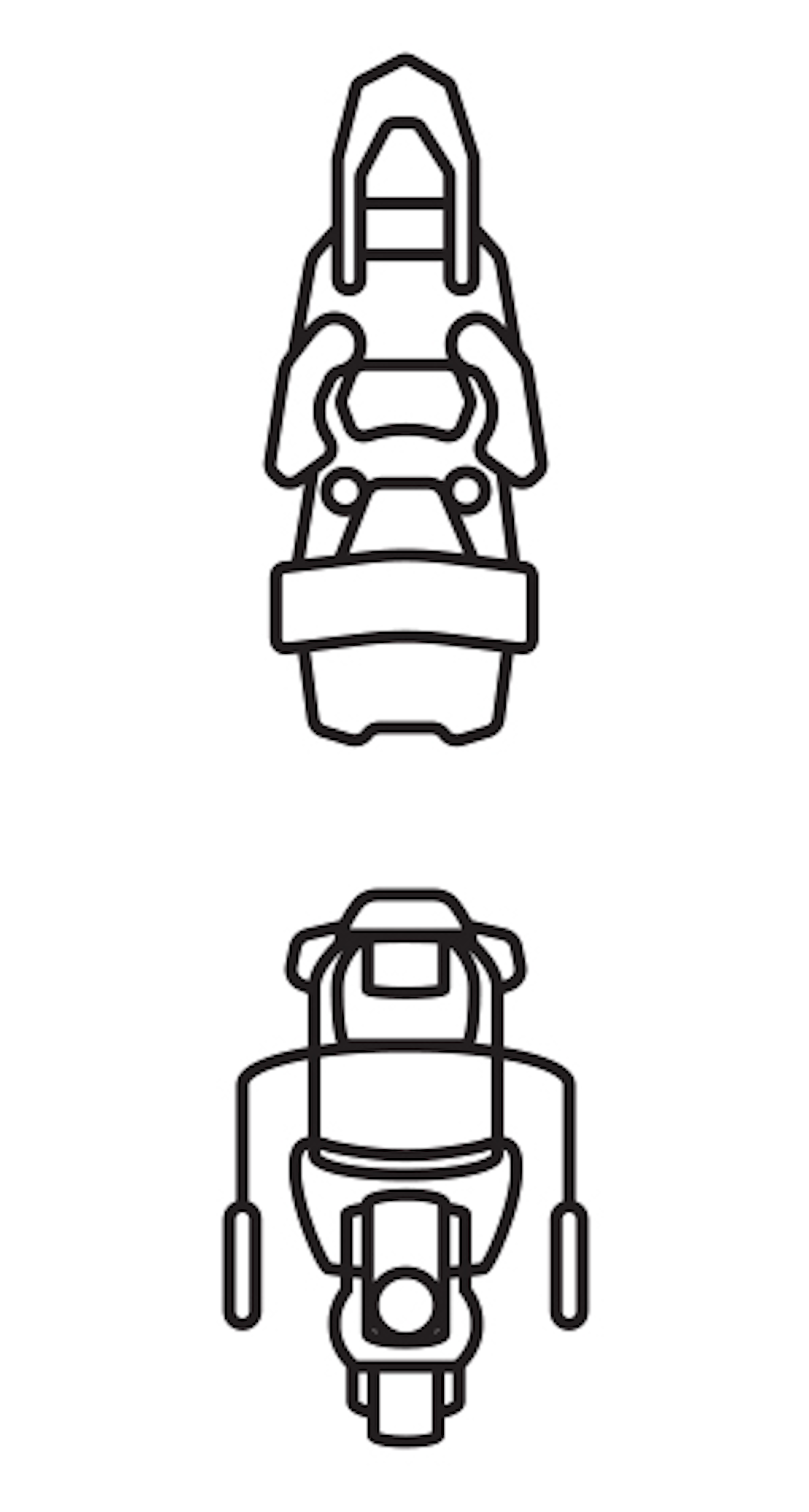
He got a job doing carpentry for a guy he still works for, some 16 years later. When he first started his job, he asked his boss, DJ Bickert, if he could ski during the day and come into the shop at night. “I thought, how much work is he really going to get done after a full day of skiing?” Bickert says. “But he would consistently get the job done. I soon learned that’s who Josh is. He has the self-discipline and fortitude to show up. He always shows up.”
At Kirkwood, Daiek started chasing local ripper and Freeskiing World Tour competitor Craig Garbiel around the mountain. “I just started following him around one day,” Daiek says. “We ended up becoming really good buddies. I tried to emulate his style. He was one of the sickest skiers I’ve ever seen.”
After a few years, Garbiel suggested Daiek try a big-mountain contest. So when the Freeskiing World Tour made its annual Kirkwood stop in 2005, Daiek signed up. He barely squeaked through the qualifiers, then stomped his line and won the first day of the competition, beating big names like established French pro skiers Aurelien Ducroz and Guerlain Chicherit.
“Everyone was like, ‘Josh who?’” Daiek says. He ended up fifth overall in his first competition and afterward a local Rossignol rep approached him and said, “Would you like some skis?” Daiek couldn’t believe it. By 2007, he was doing all the stops on the Freeskiing World Tour, grabbing a handful of top-10 finishes and even more DNFs. “I like to ski fast, hit big airs and send big backies to my feet,” he says. “But it’s all or nothing. I’d tell myself to take it easy, but I don’t have a very good off switch.”
Townsend describes Daiek’s style this way: “He’s got pretty much one speed and that’s pedal to the metal in fifth gear. But you can tell it’s never out of wanting to show off or impress—he just does it because that’s who he is.”
His style worked in 2008—he grabbed the overall title on the U.S. Freeskiing World Tour. But even with those competition results, Daiek remained more or less unknown. By the time he nabbed another overall title in 2012 and joined the Salomon team in 2013, Malman, the Salomon athlete manager, told him he didn’t need to risk injury by competing anymore if he didn’t want to—he could just focus on filming.
“I was like, ‘Cool, I don’t have to risk my life in shitty snow conditions anymore?’” Daiek says. He retired from competition in 2014 and has spent the years since traveling from Japan to Chamonix, France, to British Columbia, filming for Salomon Freeski TV. In 2015, he starred in Blank.The Movie, a made-by-skiers-for-skiers film.
Back home in Tahoe, few people have any clue what Daiek does when he’s away. “He doesn’t talk about himself at all,” says his boss, Bickert. “He’d come back from a winter away and I’d have to pry it out of him.”
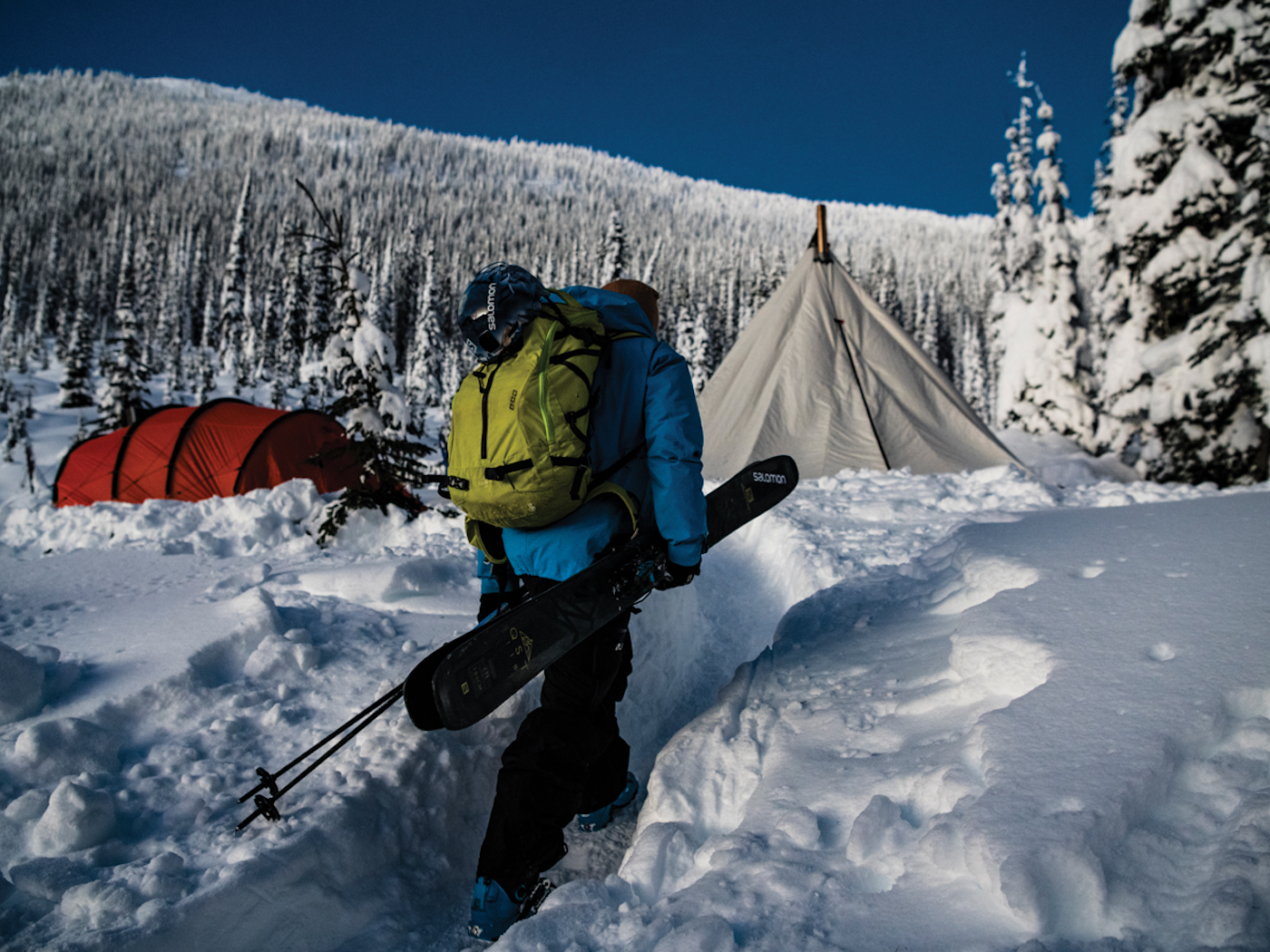
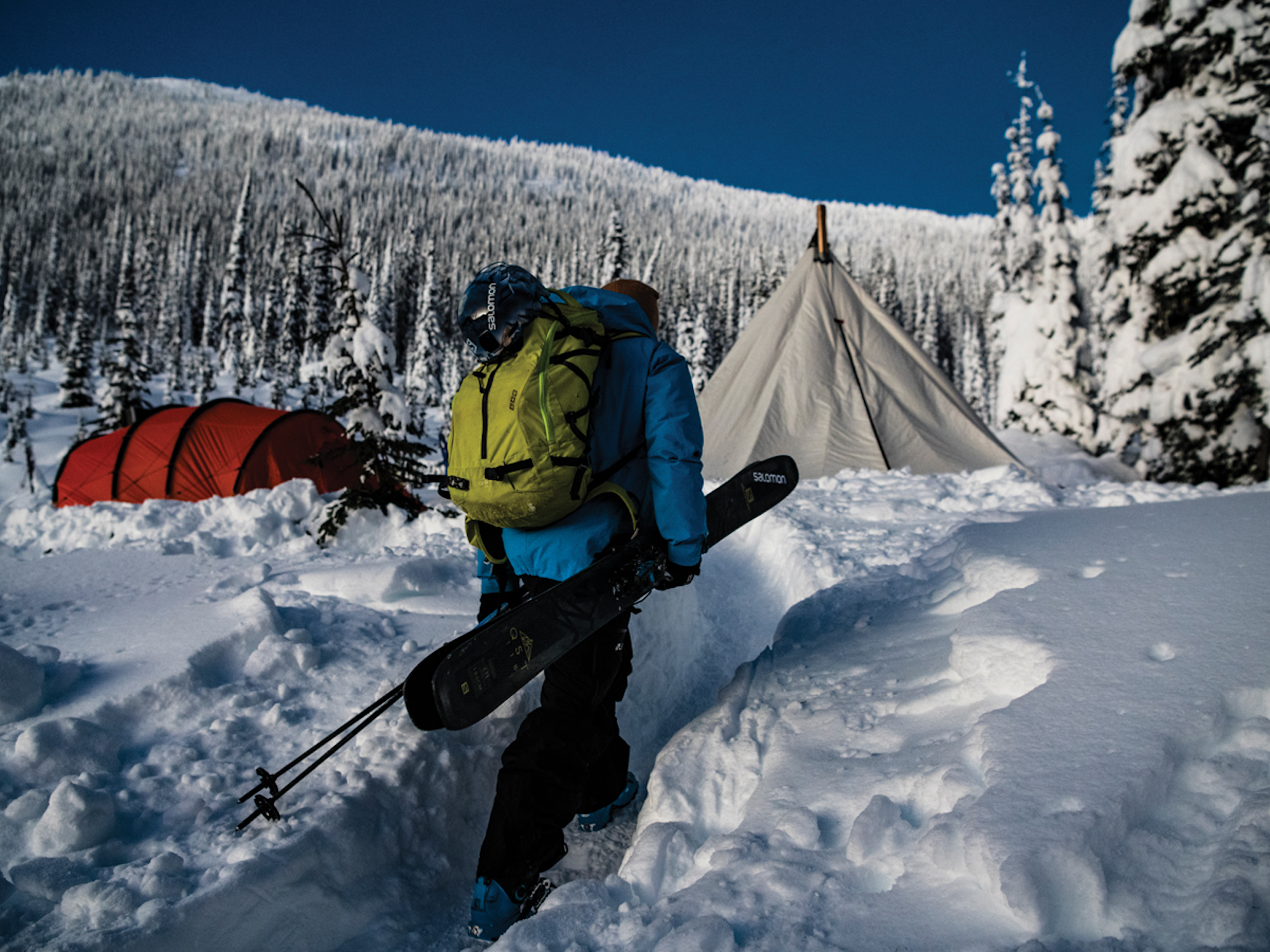
PHOTO: Mattias Fredriksson | LOCATION: Revelstoke, BC
Featured Gear:
Salomon S/Lab MTN Lab Boot — $975
The S/Lab MTN Boot is the lightweight touring shoe of choice for Salomon athletes. The boot utilizes Grilamid, a light, strong and durable plastic that ensures it’s stiff for skiing, yet won’t slow you down on the skin track. The walk mode offers a 47-degree range of motion for efficiency while touring. Its narrow 98 millimeter last provides a tighter, performance-oriented fit and a carbon spine boosts stability and power transmission to the ski.
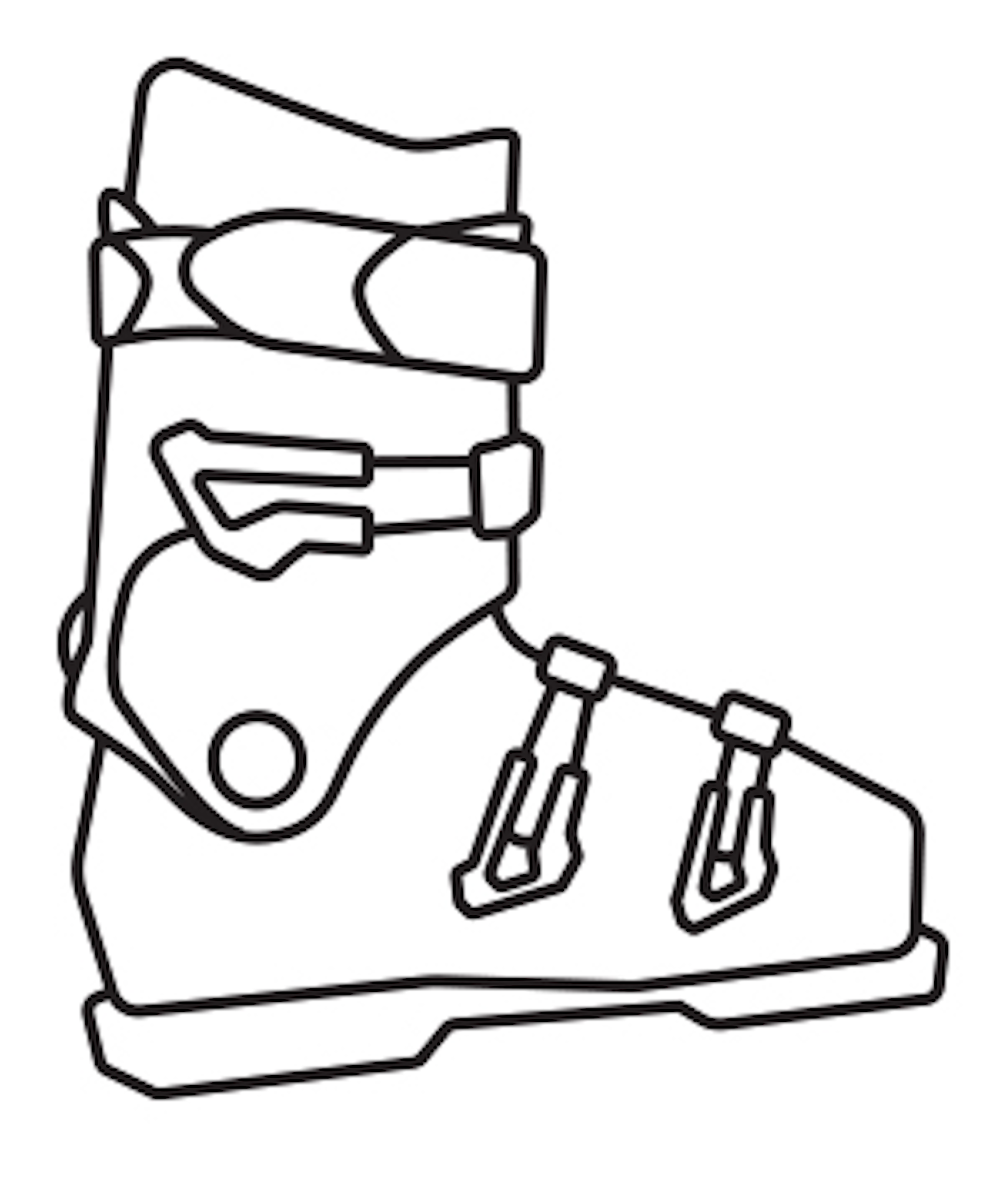
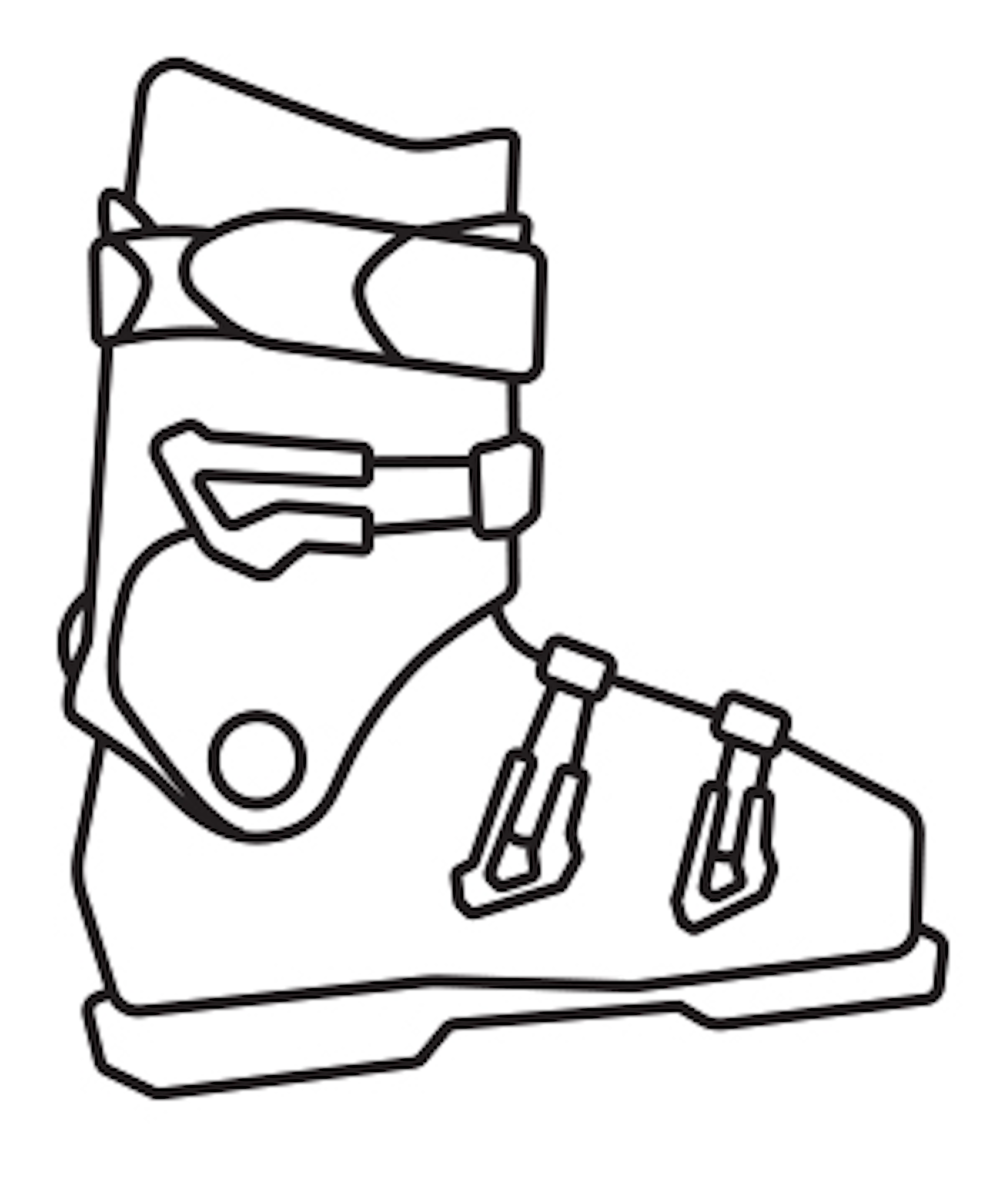
Over the last few years, Daiek has transitioned from spending all day, every day lapping the burliest inbounds lines at Kirkwood to spending long, quiet days in the backcountry. “There’s a different element when you earn your turns and you’re out there cruising around the backcountry,” he says. “I love the exploration of it. To me, it’s really fun to see new terrain and let your mind go wild on what you can do.”
In 2016, he and friend Abe Greenspan climbed 10,000 vertical feet and over 22 miles in a day from their home in Meyers, near South Lake Tahoe, linking together four iconic Tahoe peaks—Flagpole Peak (8,363 feet), Angora Peak (8,586 feet), Mt. Tallac (9,738 feet) and Maggies (8,699 feet). No skier had climbed and skied all those peaks in a single day before. It took them over 12 hours, fueled primarily by cheese and salami.

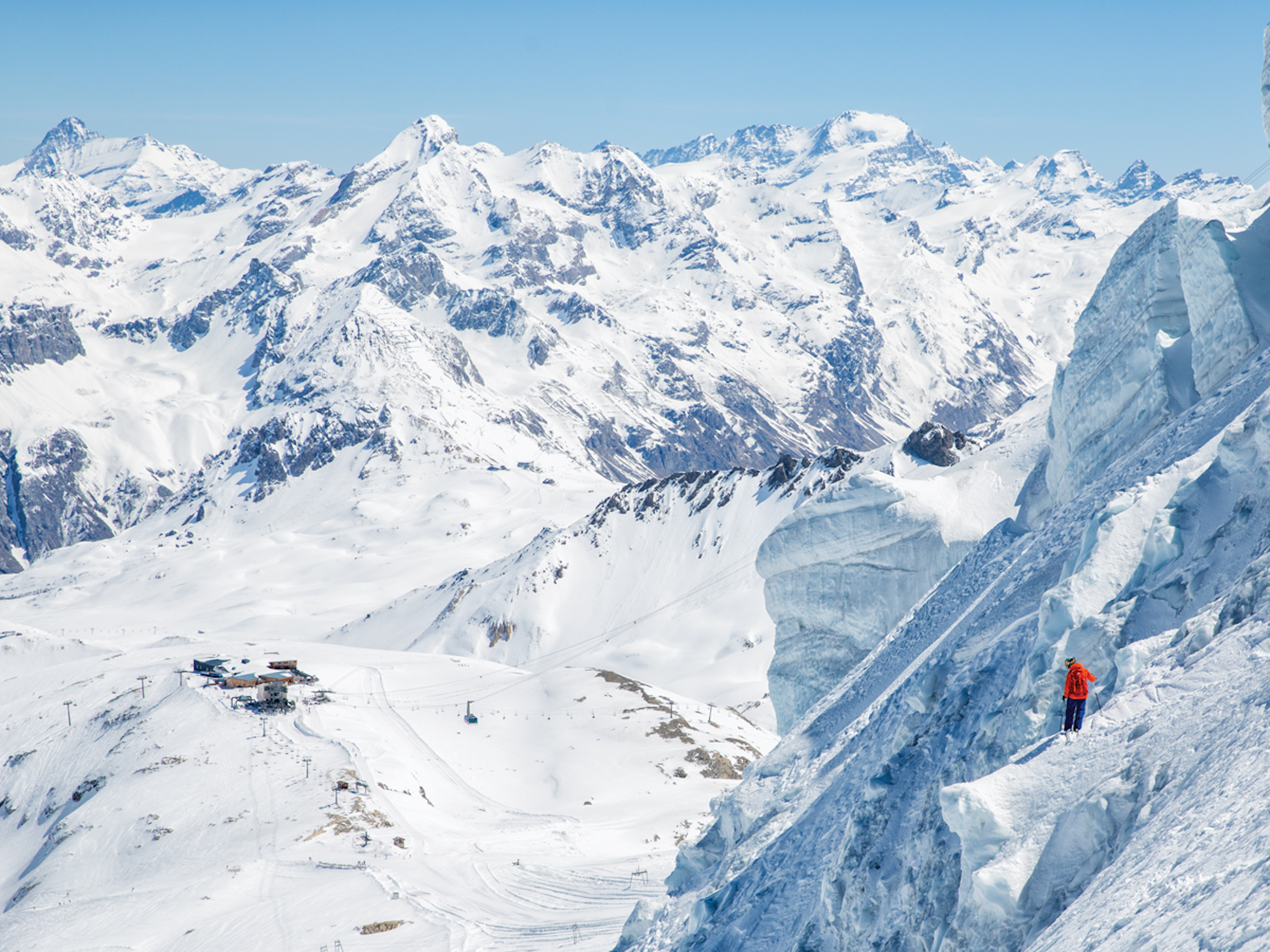
PHOTO: Christoffer Sjöström | LOCATION: Tignes, France
They documented their mission in a short film they called Tahoe 10,000. They did another 10,000-foot day the next winter, from Kirkwood to Hope Valley, tagging five peaks and traversing 20 miles along the way. Both times, Daiek and Greenspan ended their day with beers and a hot broiled sandwich at Divided Sky, the local’s bar near Daiek’s house. Besides a local newspaper article and a well-watched YouTube video, there was little fanfare. Which is totally fine with Daiek. “I’m ready to abandon the whole ‘10,000-foot thing,’” he says. “I want to just reach outside what we think is doable. I just want to go and see how far we can get.”
Clearly, he’s accomplished a lot in his ski career, so why is Daiek still so under the radar? Maybe it’s because he struggles with the self-promotion and look-at-me attitude that’s required in pro skiing these days. “He’s got that old-fashioned, Midwest humbleness that means any sort of praise bestowed upon him makes him feel uncomfortable,” says Townsend. Daiek says he still doesn’t consider himself an elite athlete. “Sometimes, when we’re on a trip, I think, ‘Do I even deserve to be here?’” he says. “It’s my own insecurity. It’s how I’m wired.”
Plus, he’s not a huge fan of social media. “I’m not that loud guy who’s always animated. I’m more quiet, reserved,” he says. “I feel like with social media, I have to put on a front like I’m this crazy, outgoing guy. But I’m just not.”
“In an industry that has become very social media-based with self-promotion being the name of the game, this can make things difficult for someone like Josh,” says Rubens. “But Josh has always been one of those guys who lets his skiing do the talking.”
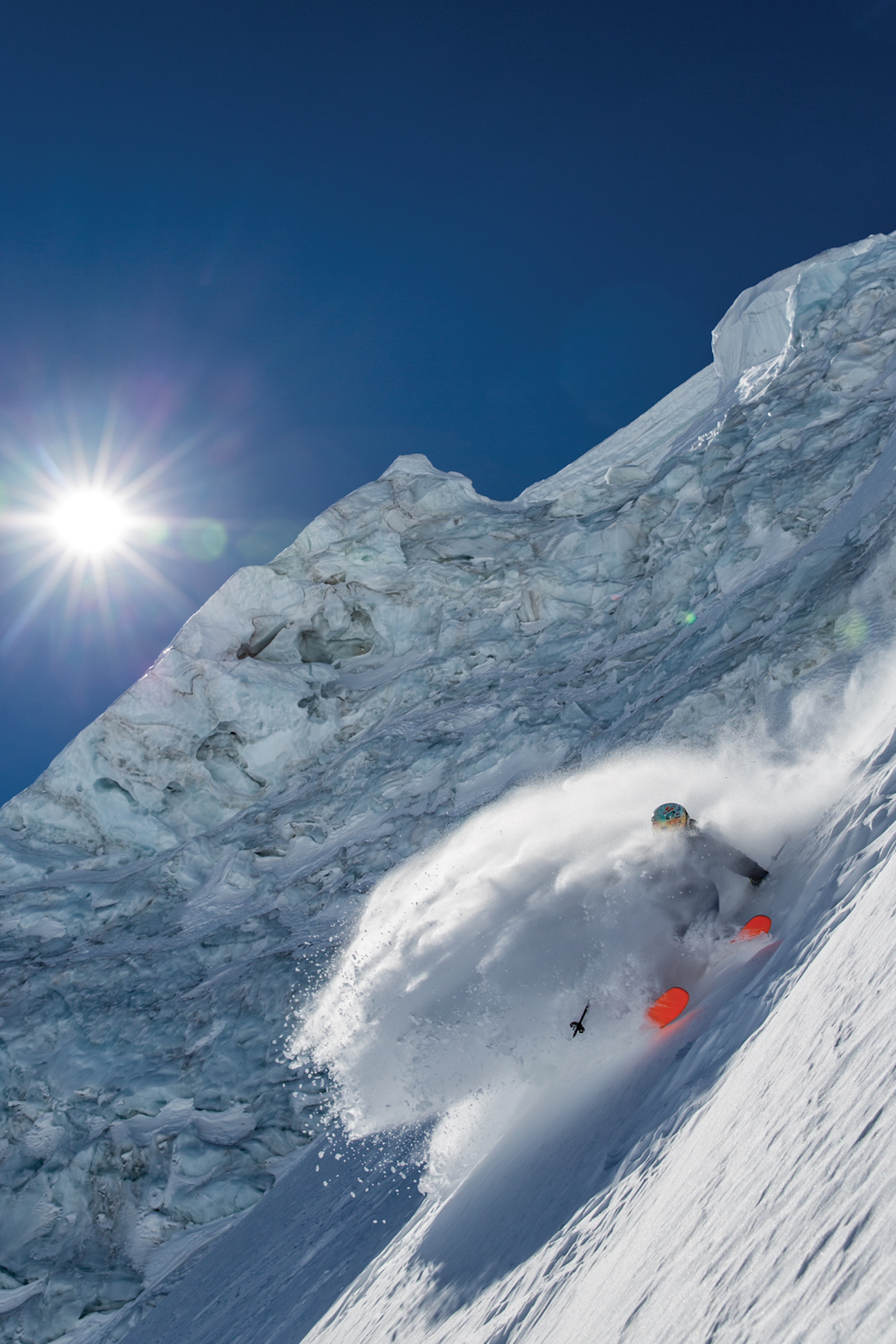
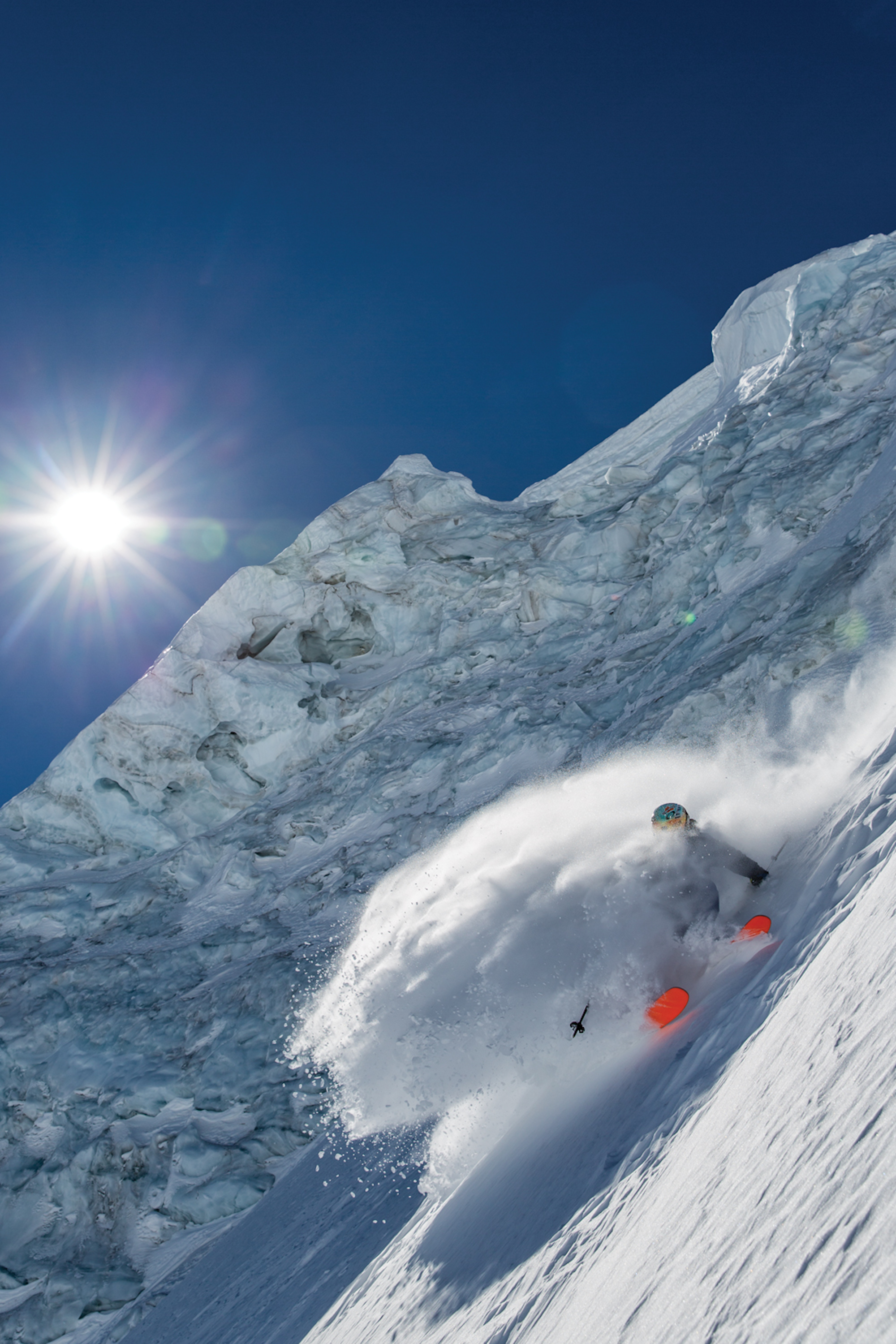
PHOTO: Christoffer Sjöström | LOCATION: Tignes, France
Featured Gear:
Salomon QST 106 — $850
This 106-mm waisted ski is the do-everything member of Salomon’s QST line. The QST 106 combines a Titanal insert underfoot, a carbon-flax laminate and Koroyd inserts in the tip and tail to increase torsional rigidity and dampness, without bulking up the ski. Additionally, a middle-of-the-road turn radius of 20 meters and a rocker-camber-rocker profile allow it to quickly maneuver in tight spaces and remain stable when it’s time to open ‘er up. The QST 106 is a true five-tool player.
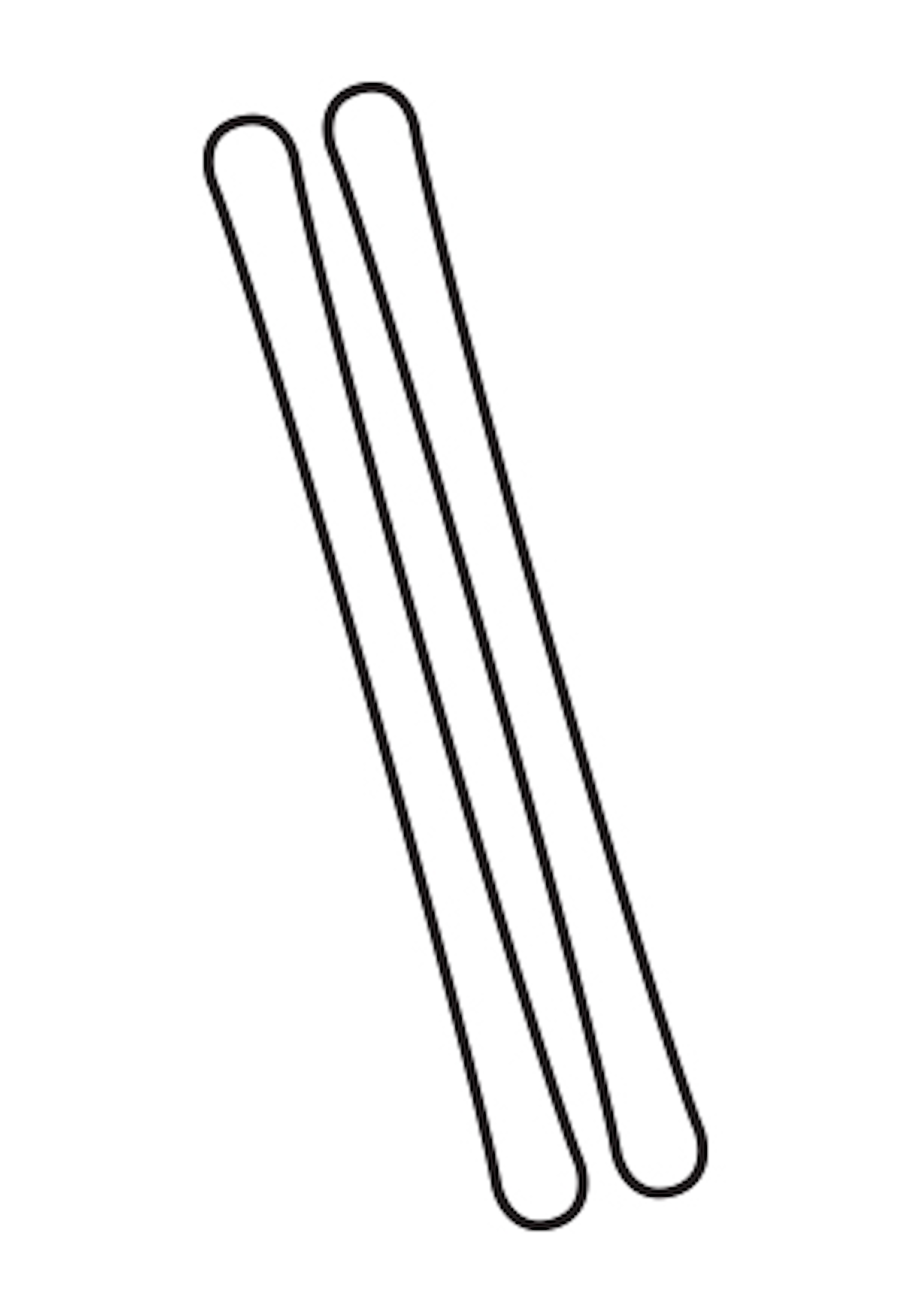

“He’s the humblest person I’ve ever met,” adds his wife, Casey Daiek (née Lucas), a former competitive snowboarder who met Daiek in the lift-line at Kirkwood a dozen years ago. The two got married this past summer. “He doesn’t like talking about himself. But he’s very good at staying true to himself. He is so focused on his skiing.”
For Daiek, who’s 35 now, it all comes down to a true love of skiing. He’ll return from a filming trip, exhausted and jet-lagged, having spent the last week logging long days on skis, but by 6 a.m. the next day at home, he’ll be calling friends and asking, “Want to go skiing?”
“Skiing is my life,” he says. “I’m sure I’ll have to tone it back eventually, but I plan on skiing forever.”

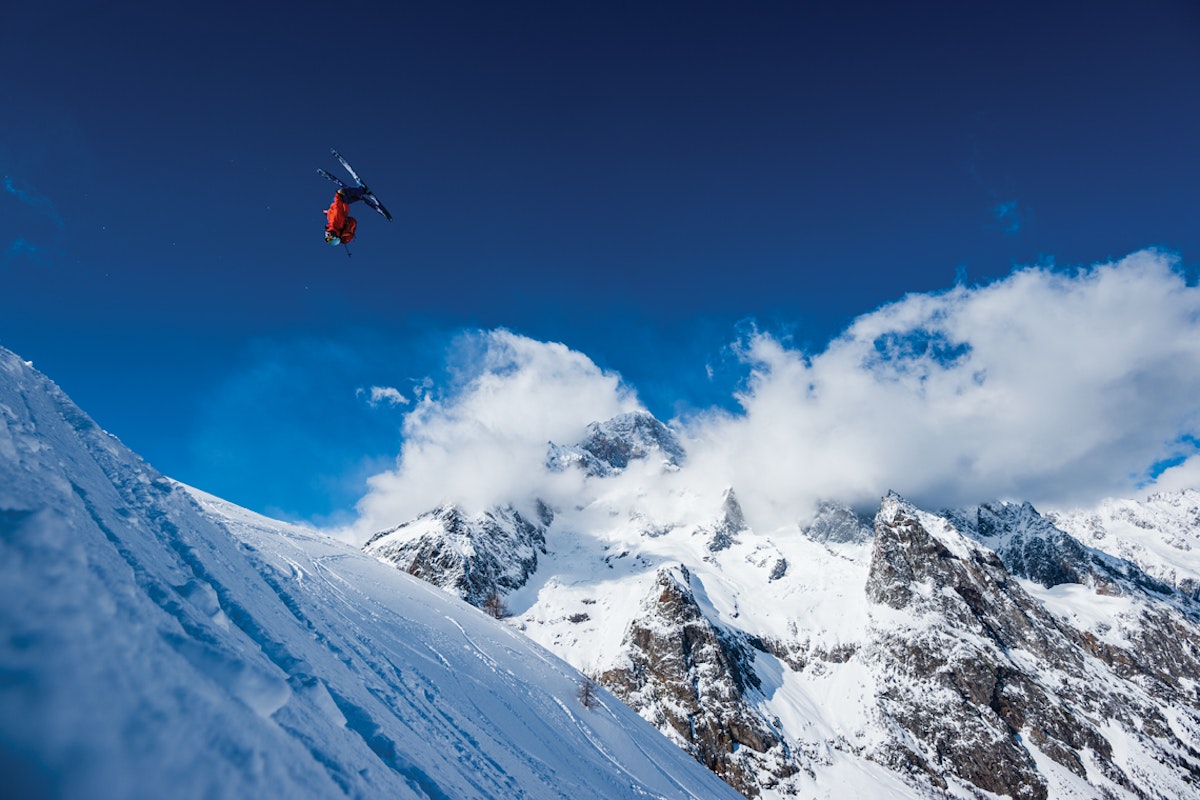


![[GIVEAWAY] Win a 4-Night Karma Campervan Rental and go Ski the Powder Highway](https://www.datocms-assets.com/163516/1767816935-copy-of-dji_0608-1.jpg?w=200&h=200&fit=crop)

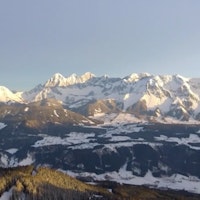
![[GIVEAWAY] Win a Legendary Ski Trip with Icelantic's Road to the Rocks](https://www.datocms-assets.com/163516/1765233064-r2r26_freeskier_leaderboard1.jpg?auto=format&w=400&h=300&fit=crop&crop=faces,entropy)
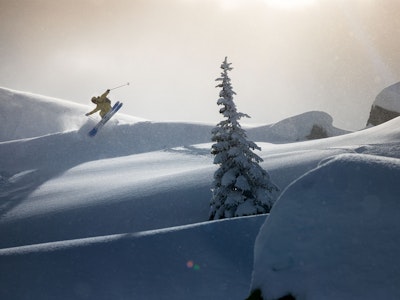


![[GIVEAWAY] Win a 4-Night Karma Campervan Rental and go Ski the Powder Highway](https://www.datocms-assets.com/163516/1767816935-copy-of-dji_0608-1.jpg?auto=format&w=400&h=300&fit=crop&crop=faces,entropy)

